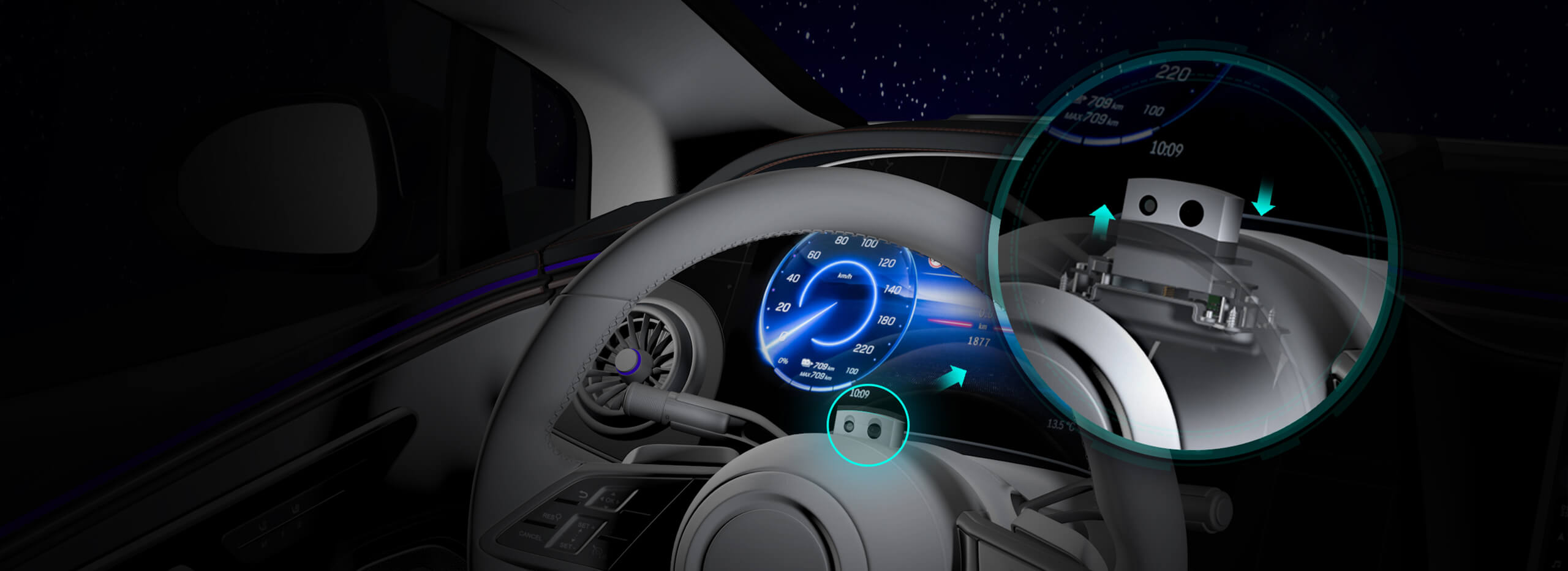Unlocking the Potential of Servo Motors with Arduino Uno: Your Gateway to Precision Control
Imagine the excitement of designing a robot, an automated camera system, or a custom mechanical arm— and knowing that controlling precise movements is just a matter of writing the right code. Servo motors are the heartbeats of many robotics and automation projects because of their ability to rotate to specific angles with remarkable accuracy. And when paired with a versatile board like the Arduino Uno, they become a powerful duo for creating interactive, dynamic devices.

But before diving into the coding, understanding what a servo motor is and how it operates sets the foundation for successful projects. Unlike simple motors that spin continuously, servo motors are engineered for position control. They interpret signals that specify an angle, and then execute that movement with precision. This makes them ideal for applications where control and repeatability are critical—like steering mechanisms, robotic joints, camera gimbals, and more.
The Anatomy of a Servo Motor
A typical servo motor comprises a small DC motor, a gear train, a potentiometer for position feedback, and a control circuit. The control circuit interprets signals and adjusts the motor's position accordingly. Usually, servo motors are powered by a 4.8V to 6V supply, and their control signal is a PWM (Pulse Width Modulation) signal, where the width of the pulse indicates the target angle.
Understanding PWM is vital; in most servo controls, a 1 ms pulse corresponds to 0 degrees, a 1.5 ms pulse represents 90 degrees (the middle point), and a 2 ms pulse equals 180 degrees. These pulses are sent repeatedly—typically every 20 ms—to keep the motor in position. Arduino's built-in functions make generating these signals straightforward.
Getting Started: Hardware Setup
To begin, you'll need a few essential components:
Arduino Uno board Standard servo motor (e.g., SG90 or MG90S) Breadboard and jumper wires Power supply (if you're using multiple servos or a high-torque model) Connecting wires
Connecting your servo motor is simple:
Signal (yellow/orange wire) to a digital PWM pin on Arduino (commonly pin 9 or 10) Power (red wire) to 5V or an external power supply if needed Ground (black or brown wire) to GND
Why Use the Arduino IDE and Libraries?
The Arduino IDE is user-friendly and supports a rich ecosystem of libraries that abstract much of the complexity. When it comes to controlling servos, the Arduino Servo Library is an invaluable tool. It provides functions that make writing control code intuitive, even for complete beginners.
An Introduction to Arduino Servo Library
The Servo Library manages motor control by generating precise PWM signals necessary for positioning servos. Here's how it works:
You declare a servo object. Attach the servo object to a PWM pin. Use the write() function to set the angle. The library handles the generation of the PWM signal in the background.
This setup makes developing servo-based projects straightforward and reliable.
Basic Code for Moving a Servo Motor
Here's a simple code snippet demonstrating the core idea:
#include Servo myServo; void setup() { myServo.attach(9); // Attach servo to pin 9 } void loop() { myServo.write(0); // Move to 0 degrees delay(1000); // Wait for 1 second myServo.write(90); // Move to 90 degrees delay(1000); myServo.write(180); // Move to 180 degrees delay(1000); }
This code moves the servo between three positions, pausing for a second at each point. From here, the possibilities expand—creating continuous rotations, synchronized movement, or even feedback-based position controls.
Understanding the PWM Signal Generation
The Arduino Servo Library simplifies generating PWM signals by handling timing internally, freeing you from manually controlling pulses. Its implementation ensures smooth, consistent movements, which are essential for delicate applications like robotic arms or camera stabilization.
Handling Multiple Servos
Controlling several servos simultaneously requires careful power management and assignment of different pins. The Servo Library allows multiple objects, each assigned to different pins:
#include Servo servo1; Servo servo2; void setup() { servo1.attach(9); servo2.attach(10); } void loop() { servo1.write(45); servo2.write(135); delay(1000); servo1.write(135); servo2.write(45); delay(1000); }
Just be cautious—powering multiple servos from the board's 5V pin might not be sufficient for high-torque models. An external power supply is often recommended to prevent brownouts or resets.
Practical Tips for Beginners
Always disconnect servos when uploading code to avoid jitter or sudden movement. Use a dedicated power source for multiple servos. Experiment with write() and writeMicroseconds() functions to fine-tune control. Confirm wiring connections before powering up.
Exploring Advanced Control Techniques
Once comfortable with basic operations, you can explore:
Continuous rotation servos for pan-and-tilt mechanisms. Feedback loops for autonomous positioning. Integrating sensors for automated adjustments. Using timers and interrupts for synchronized actions.
In the next part, we’ll delve deeper into coding exercises, troubleshooting common issues, and exploring creative projects that showcase the versatility of servo motors with Arduino Uno.
(Proceed to part 2 in the next message)
Established in 2005, Kpower has been dedicated to a professional compact motion unit manufacturer, headquartered in Dongguan, Guangdong Province, China.




































